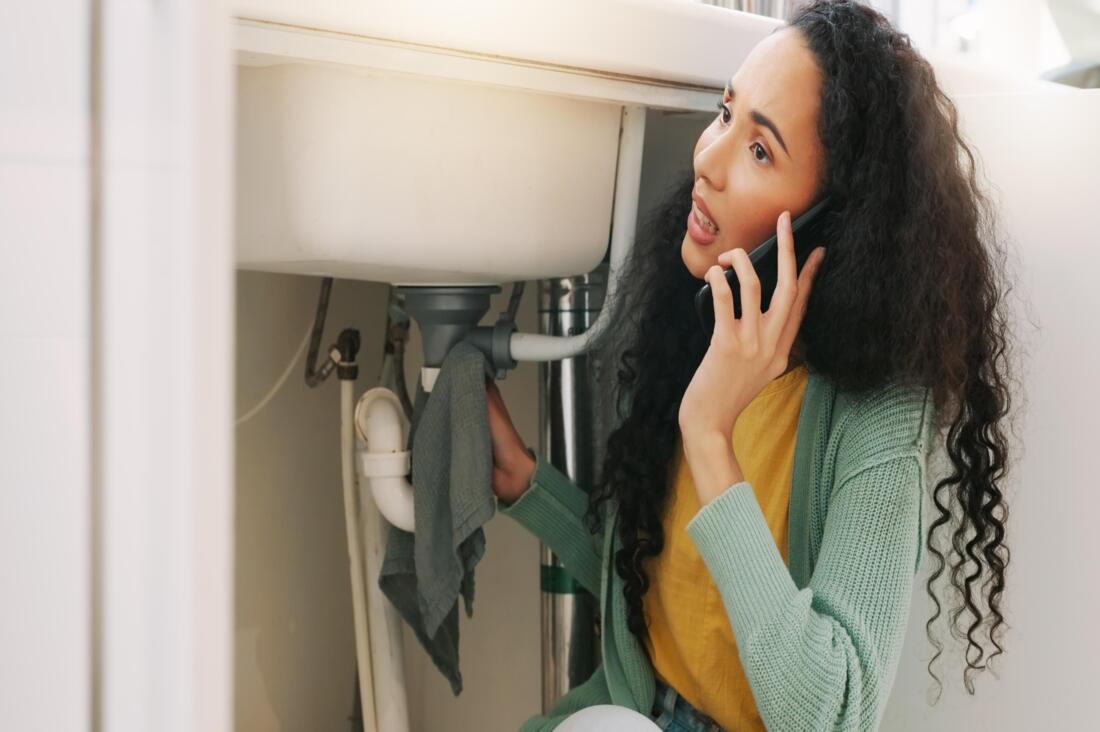Neglecting signs of leaking pipes can result in potential flooding and expensive repairs for your home. Small leaks may go unnoticed at first, but they can cause significant damage over time. It's important not to ignore damp spots on walls or ceilings, even if they seem minor.
Recognizing Signs of Plumbing Problems
Neglecting minor pipe leaks may result in extensive water damage and expensive repairs. It is crucial to routinely inspect for indications of dampness, staining, or an unusual rise in your water expenses to detect and address leaks promptly.
A common error in plumbing maintenance that may potentially result in home flooding and high repair costs is disregarding signs of a pipe leak. Leaks typically begin small and may go unnoticed until they create considerable harm.
Homeowners could easily disregard wet areas on surfaces, dismissing them as inconsequential concerns. Nonetheless, even a small leak has the potential to deteriorate building materials over time, leading to a burst pipe that floods your residence.

Preventing Frozen Pipes: Insulation Tips for Cold Weather
Another important mistake is the lack of proper insulation for pipes in cold weather conditions. Pipes that are not insulated are at risk of freezing, leading to potential bursts due to ice expansion.
This is especially dangerous in regions where temperatures often fall below freezing. To avoid this issue, it is crucial to make sure all pipes, especially those in unheated spaces such as attics, basements, and garages, are properly insulated.
Utilizing pipe sleeves or wrapping them with insulation tape can create a shield against the cold, decreasing the chances of expensive water damage.

Protecting Pipes with Gentle Cleaning
Many homeowners make the error of using chemical drain cleaners too frequently. Although these products can help with minor clogs, excessive use may result in pipe corrosion, which could lead to leaks or total pipe failure. The strong chemicals can also harm the materials in your plumbing system, reducing their lifespan and raising the risk of significant issues. It is better to choose milder solutions like a plunger or plumber's snake, or to seek assistance from a professional for tougher clogs. By steering clear of these typical plumbing mistakes, you can safeguard your home from severe water damage and avoid costly repairs.
Understanding the Importance of Regular Plumbing Inspections
One of the best ways to prevent plumbing issues is through regular inspections. Homeowners should consider scheduling a professional plumbing inspection at least once a year. During these inspections, a qualified plumber can identify potential problems before they escalate into costly repairs. This proactive approach allows for the detection of hidden leaks, corrosion, and other issues that might not be apparent to the untrained eye. Early detection means that homeowners can budget for necessary repairs without the shock of sudden major expenses caused by undetected leaks or pipe failures.
The Role of Water Pressure in Plumbing Health
Water pressure plays a crucial role in your plumbing system's health and functionality. High water pressure can lead to leaks and pipe bursts, while low pressure can signify underlying issues within the system. Homeowners should regularly check their water pressure using a simple gauge, ensuring it remains within the recommended range of 40-60 psi. If the pressure is too high, consider installing a pressure-reducing valve to protect your pipes. Conversely, low water pressure may require a plumber's assessment to identify blockages or leaks that could be compromising the system's integrity.
Avoiding Common Plumbing DIY Mistakes
While DIY plumbing repairs can save money, they are often fraught with risks if not done correctly. Common mistakes include using the wrong tools, misdiagnosing the problem, or failing to turn off the water supply before starting a project. Homeowners should thoroughly research any DIY plumbing task and consider watching instructional videos to avoid these pitfalls. Additionally, when in doubt, it's better to call a professional rather than risk making the issue worse. This approach not only protects your plumbing system but also saves money in the long run by preventing further damage.
Signs Your Water Heater Needs Attention
Water heaters are essential for daily comfort, but they can sometimes go unnoticed until a problem arises. Homeowners should be vigilant for signs that their water heater may need attention. Indicators include strange noises emanating from the heater, discolored water, or a fluctuating temperature. Regular maintenance, such as flushing the tank to remove sediment buildup, can prolong the lifespan of your water heater. If you notice any of these signs, it's wise to consult a professional to assess the situation and determine whether repairs or a replacement is necessary, ensuring you have reliable hot water.
The Benefits of Smart Home Plumbing Technology
In today's digital age, smart home technology can significantly enhance plumbing efficiency and safety. Devices such as smart leak detectors can alert homeowners to leaks before they become severe, sending notifications directly to smartphones. Smart water shut-off valves can automatically turn off the water supply in the event of a detected leak, preventing extensive damage. Investing in such technology not only adds convenience but also peace of mind, knowing that your home is equipped to handle plumbing emergencies proactively. Embracing these innovations can lead to long-term savings and a more efficient household.
The Importance of Proper Drainage Around Your Home
Proper drainage around your home is crucial for preventing water damage and maintaining the integrity of your foundation. Homeowners should ensure that gutters and downspouts are functioning correctly and directing water at least six feet away from the home's foundation. Additionally, landscaping should be sloped away from the property to encourage water runoff. Regularly checking and cleaning gutters can prevent clogs that lead to overflowing, which can seep into the foundation. By taking these steps, homeowners can minimize the risk of flooding and protect their property's structure from erosion and water damage.
AI-Assisted Content Disclaimer
This article was created with AI assistance and reviewed by a human for accuracy and clarity.